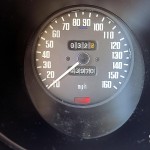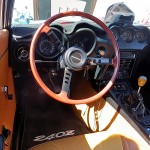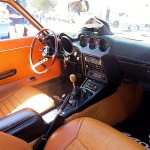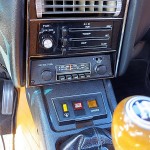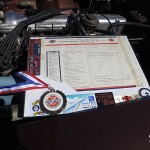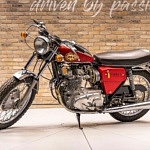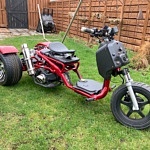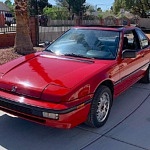Nostalgia can be a very powerful emotion. That’s why older mainstream Japanese cars, which at their time were considered reliable and frugal but not really exciting, are gaining a growing number of followers. On a beautiful sunny spring day we got an eyeful of vintage Japanese cars as we waded through rows and rows of cars that came out for the Shokuji J-Tin Historic Japanese Car Show.
Founded in 2009 by James Vorasane during his senior year in high school. The first gathering of Shokuji J-Tin attracted 40 vintage Toyotas, Datsuns, and Mazdas. That first year also captured the attention of Ivan Jaramillo who eventually became James partner for future shows. The following year, word had gotten around to the local enthusiasts — young and old — about a low-key car show for older Japanese cars. Registration for year two jumped to an astounding 250 cars.
This spring kicks off the fifth year for Shokuji J-Tin and more than 200 vintage Japanese cars rolled onto the marina in San Leandro, California to participate in the gathering. Admission is free for visitors and registration is only $10 for each car entered to participate in the show. We walked up and down the aisles of cars and talked to a lot of hardcore car owners. Many of the cars were built with a lot of ingenuity and hard labor with most of the work being done by the car owners.
Not everything was in mint show car condition. With cobwebs in the engine compartments, cracked dashboards and worn paint jobs, it was apparent a few cars were started up just to come out and play today.
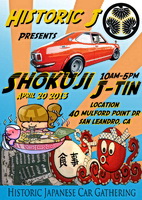
Visit the web site for details and information as the next historic Japanese car show comes together: www.historicj.com
Less Datsuns featured in Part 2
1974 Datsun 260Z
Leon installed a 2.4L engine taken from a 240Z. The engine was outfitted with triple Weber carburetors and a modern ignition system. Triple Weber carburetors offer an unparalleled experience, with throttle response and mid-range torque being second to none. Additionally, a multiple carburetor setup allows you to finely tune, or dial in the induction system.
Installing Ford’s Electronic Distributorless Ignition System (EDIS) is a particularly easy way to replace distributor ignitions when retrofitting older engines with a modern computer programmable ignition because it doesn’t need a camshaft position sensor. The Megajolt/E programmable ignition is used to work with the Ford EDIS ignition system.
1971 Datsun 510 – Frankenstein build
eBay member malfunction_z (real name Mallen) built his 510 from parts (90% purchased from eBay) intended for other cars. Parts and accessories not intended for a 510 but finding its way onto Mallen’s Frankenstein 510 include a MINI Cooper center dash piece, carbon fins from an Mitsubishi Evo, and a motor taken from a ’95 Nissan 240SX.
1973 Datsun 240Z
Bill, who is a school teacher, has a distinct passion for the original 240Z due to its simple, yet elegant features. Bill’s Cocoa brown (color no. 114) 240Z has 73,900 original miles and is well cared for by its second owner. Maintaining a vintage Japanese car has its challenges because Bill strives to use original factory parts whenever possible — something that is getting more difficult as time marches forward. It took some searching, but Bill finally found an original radiator cap on eBay a few days before the show.
Want to see more? Click to continue reading onto Part 2

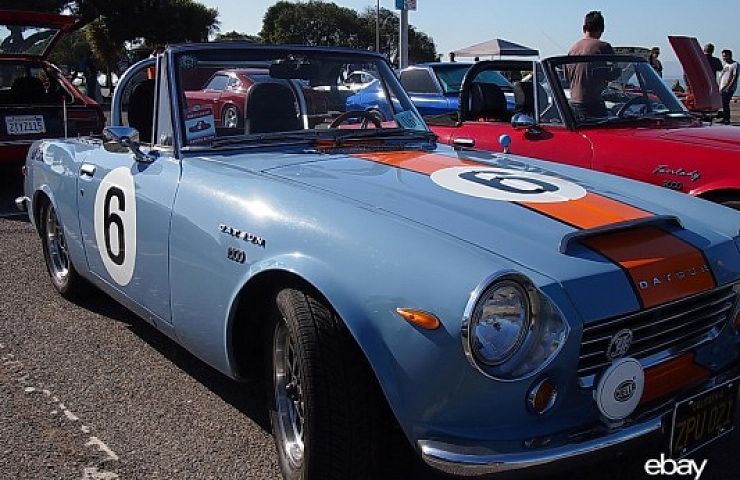
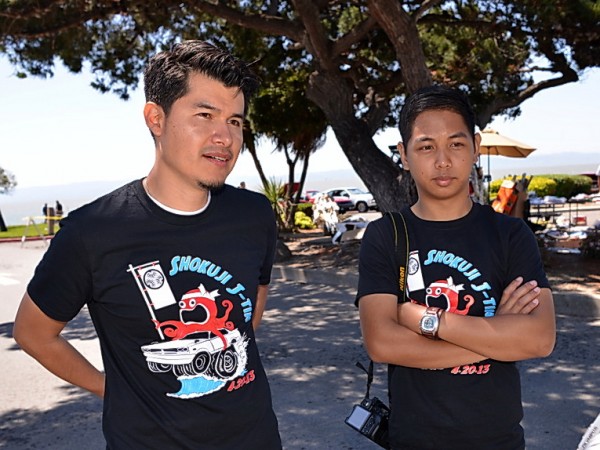
![1971 Datsun 510 [Mallen]](https://www.ebaymotorsblog.com/motors/blog/wp-content/uploads/2013/05/shokuji_jtin_05-600x450.jpg)
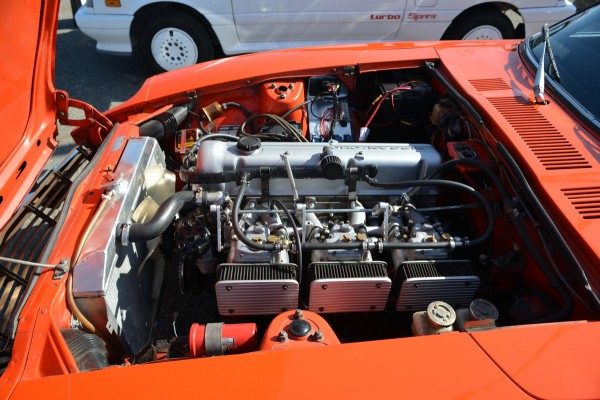
![1974 Datsun 260Z [Leon]](https://www.ebaymotorsblog.com/motors/blog/wp-content/uploads/2013/05/shokuji_jtin_77-150x150.jpg)
![1974 Datsun 260Z [Leon]](https://www.ebaymotorsblog.com/motors/blog/wp-content/uploads/2013/05/shokuji_jtin_79-150x150.jpg)
![1974 Datsun 260Z [Leon]](https://www.ebaymotorsblog.com/motors/blog/wp-content/uploads/2013/05/shokuji_jtin_78-150x150.jpg)
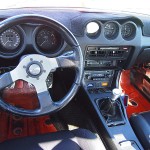
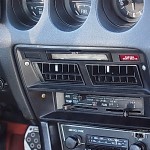
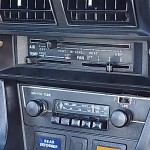
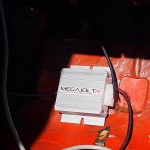
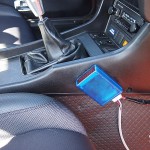
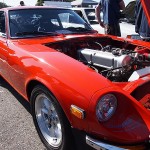
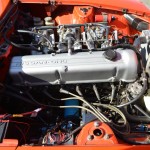
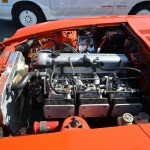
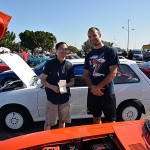
![1971 Datsun 510 [Mallen]](https://www.ebaymotorsblog.com/motors/blog/wp-content/uploads/2013/05/shokuji_jtin_19-600x450.jpg)
![1971 Datsun 510 [Mallen]](https://www.ebaymotorsblog.com/motors/blog/wp-content/uploads/2013/05/shokuji_jtin_03-150x150.jpg)
![1971 Datsun 510 [Mallen]](https://www.ebaymotorsblog.com/motors/blog/wp-content/uploads/2013/05/shokuji_jtin_05-150x150.jpg)
![1971 Datsun 510 [Mallen]](https://www.ebaymotorsblog.com/motors/blog/wp-content/uploads/2013/05/shokuji_jtin_08-150x150.jpg)
![1971 Datsun 510 [Mallen]](https://www.ebaymotorsblog.com/motors/blog/wp-content/uploads/2013/05/shokuji_jtin_09-150x150.jpg)
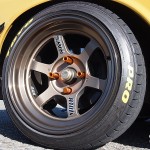
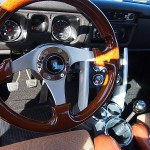
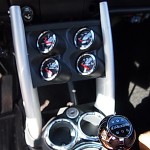
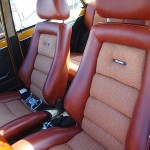
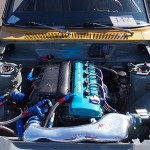
![1971 Datsun 510 [Mallen]](https://www.ebaymotorsblog.com/motors/blog/wp-content/uploads/2013/05/shokuji_jtin_19-150x150.jpg)
![1973 Datsun 240Z [Bill]](https://www.ebaymotorsblog.com/motors/blog/wp-content/uploads/2013/05/1973_datsun_240z_13-600x450.jpg)
![1973 Datsun 240Z [Bill]](https://www.ebaymotorsblog.com/motors/blog/wp-content/uploads/2013/05/1973_datsun_240z_01-150x150.jpg)
![1973 Datsun 240Z [Bill]](https://www.ebaymotorsblog.com/motors/blog/wp-content/uploads/2013/05/1973_datsun_240z_02-150x150.jpg)
![1973 Datsun 240Z [Bill]](https://www.ebaymotorsblog.com/motors/blog/wp-content/uploads/2013/05/1973_datsun_240z_03-150x150.jpg)
![1973 Datsun 240Z [Bill]](https://www.ebaymotorsblog.com/motors/blog/wp-content/uploads/2013/05/1973_datsun_240z_04-150x150.jpg)
![1973 Datsun 240Z [Bill]](https://www.ebaymotorsblog.com/motors/blog/wp-content/uploads/2013/05/1973_datsun_240z_05-150x150.jpg)
![1973 Datsun 240Z [Bill]](https://www.ebaymotorsblog.com/motors/blog/wp-content/uploads/2013/05/1973_datsun_240z_06-150x150.jpg)
![1973 Datsun 240Z [Bill]](https://www.ebaymotorsblog.com/motors/blog/wp-content/uploads/2013/05/1973_datsun_240z_07-150x150.jpg)
![1973 Datsun 240Z [Bill]](https://www.ebaymotorsblog.com/motors/blog/wp-content/uploads/2013/05/1973_datsun_240z_08-150x150.jpg)
![1973 Datsun 240Z [Bill]](https://www.ebaymotorsblog.com/motors/blog/wp-content/uploads/2013/05/1973_datsun_240z_09-150x150.jpg)
![1973 Datsun 240Z [Bill]](https://www.ebaymotorsblog.com/motors/blog/wp-content/uploads/2013/05/1973_datsun_240z_10-150x150.jpg)
![1973 Datsun 240Z [Bill]](https://www.ebaymotorsblog.com/motors/blog/wp-content/uploads/2013/05/1973_datsun_240z_11-150x150.jpg)
![1973 Datsun 240Z [Bill]](https://www.ebaymotorsblog.com/motors/blog/wp-content/uploads/2013/05/1973_datsun_240z_12-150x150.jpg)
![1973 Datsun 240Z [Bill]](https://www.ebaymotorsblog.com/motors/blog/wp-content/uploads/2013/05/1973_datsun_240z_13-150x150.jpg)
